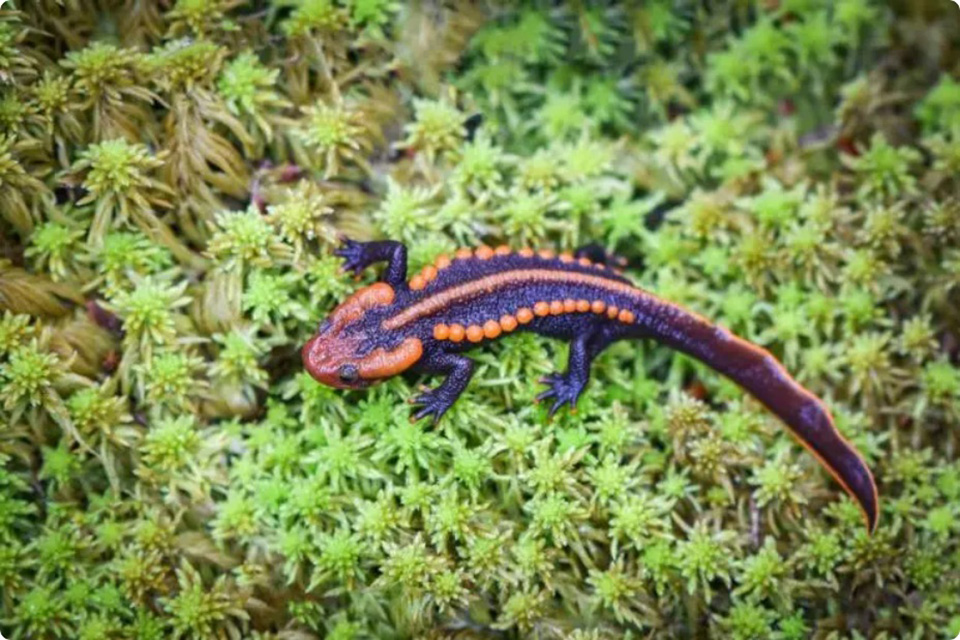
TAK, Thailand – A new species of crocodile newt, Tylototriton soimalai, has been discovered on Doi Soi Malai in Tak Province, Thailand. This discovery was made by a collaborative team from Chulalongkorn University, Chiang Mai University, Kyoto University, researchers from other institutions, and the Mae Tuen Wildlife Sanctuary. The findings were published in the prestigious international journal ZooKeys.
The research, led by Associate Professors Dr. Porrawee Pomchote and Dr. Wichase Khonsue of Chulalongkorn University, involved a field survey at an elevation of 1,500 meters. The new species, named in honor of Doi Soi Malai, has distinctive physical traits, including a head that is longer than it is wide and black-and-orange coloration.
Molecular analysis of the NADH dehydrogenase subunit 2 (ND2) gene confirmed that this species is genetically distinct, with its closest relative being Tylototriton uyenoi. The genetic difference between the two species is 4.1%. Currently, this species is only known to inhabit the Doi Soi Malai area within the Mae Tuen Wildlife Sanctuary.
Given its restricted range and the crucial role of roadside waterholes during its breeding season, researchers stress the importance of conserving the habitat to protect this new species from human disturbances.
Crocodile newts are amphibians closely related to frogs, toads, and salamanders. They have elongated bodies, long tails, and both front and hind legs. Their skin is dry and rough, with rows of glandular knobs, and they lay eggs in water. Larvae develop in aquatic environments with external gills that shrink or disappear as they mature and move onto land. (NNT)








